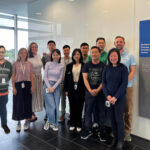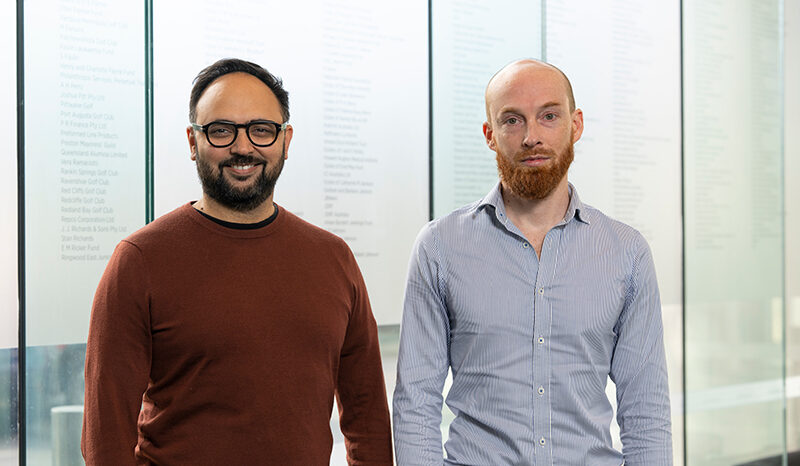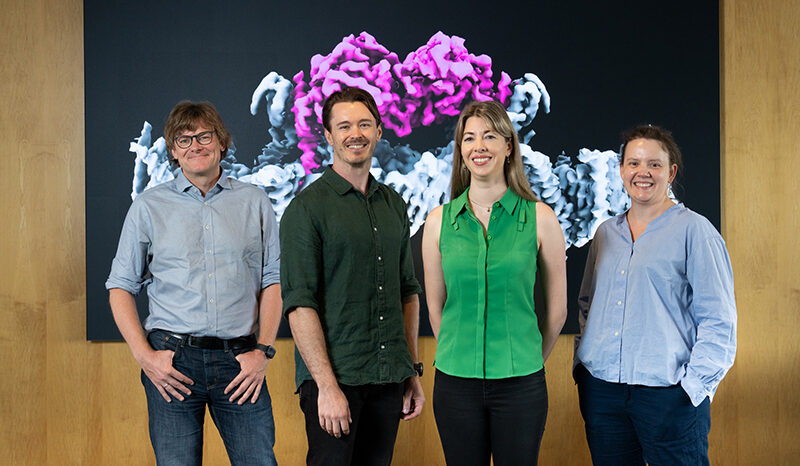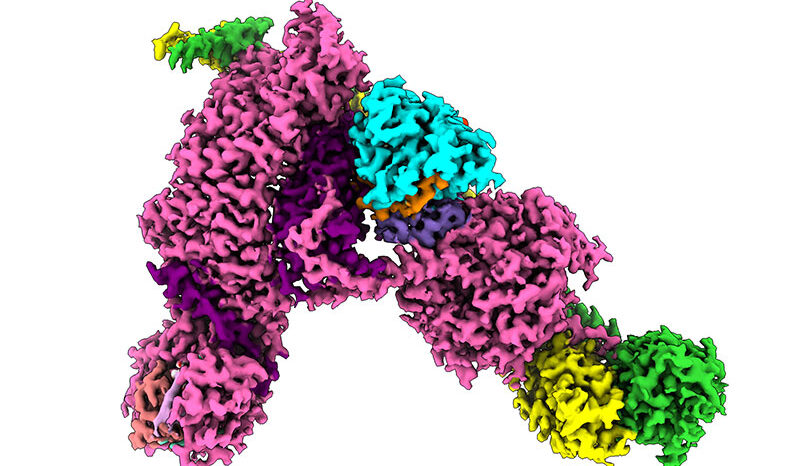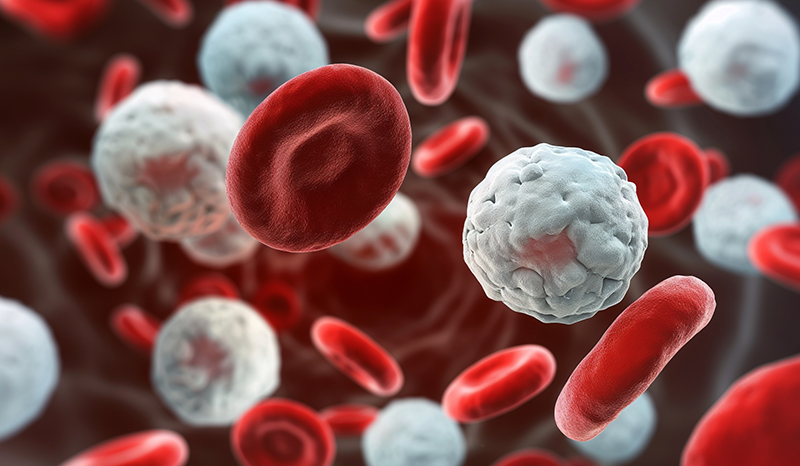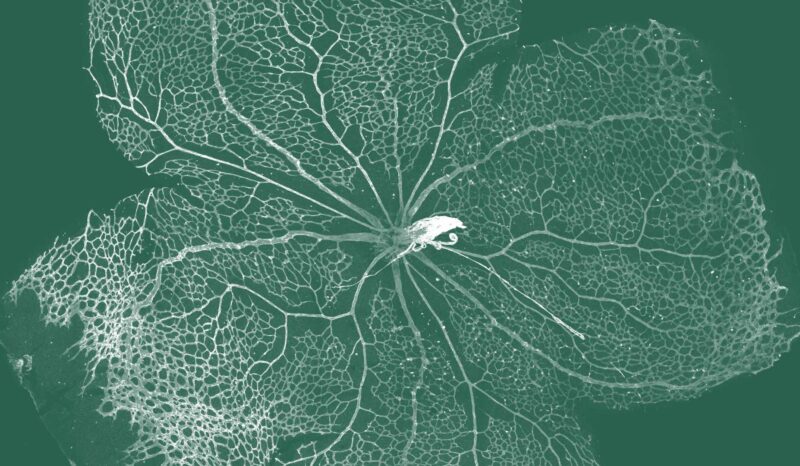Some neurodegenerative disorders are caused by inherited genetic changes. These disorders run in families: the faulty gene is transmitted from parents to their children. Examples of genetic neurodegenerative disorders include Huntington’s disease, and rare cases of motor neurone disease and Alzheimer’s disease.
The majority of neurodegenerative disorders are due to a combination of genetic and environmental factors. This makes it difficult to predict who will develop disease.
Specific genetic changes that increase the chance of disease have been identified for some conditions, but in most cases the genetic influences on neurodegenerative disorders are not well understood.
Environmental factors also contribute to neurodegenerative disorders. For example, there is evidence linking Parkinson’s disease with long-term exposure to pesticides, toxins and chemicals.
The greatest known risk factor for many neurodegenerative disorders is age. In Australia there are more than 400,000 people living with dementia and around 80,000 people with Parkinson’s disease. These figures are likely to rise as the population ages, making neurodegenerative disorders a growing healthcare concern.






